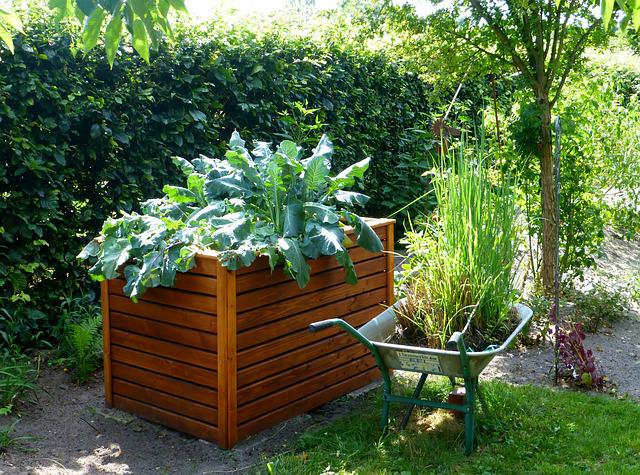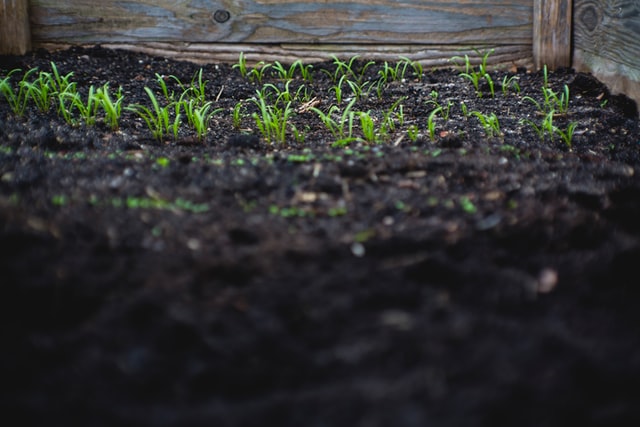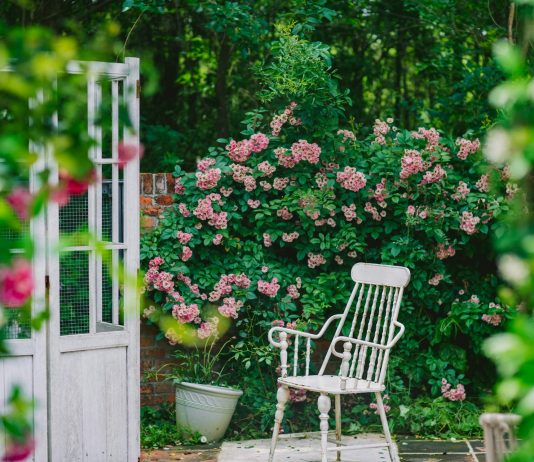High garden bed is called a bed in a box filled with organic waste, plant residues and fallen leaves, which in the process of decomposition emit heat and warm up the earth. Due to proper filling, garden crops in such raised beds are easier to tolerate temperature changes, develop better and give a higher yield.
The organic masses that fill the bed not only warms the soil for plants, but also eventually turns into a valuable nutritious vermicompost.

Layers of high beds
At the very bottom of the trench or box, a fine–mesh metal mesh should be laid – it will protect the plantings from the encroachments of moles and mice. For reliability, it is worth attaching the grid with a construction gun to the frame of the bed.
Next – the drainage layer. It is needed in order to prevent moisture stagnation and ensure sufficient air exchange in the roots of plants. For this layer, you can use chopped branches and twigs of trees and shrubs, brushwood, corn or sunflower stalks. You can also add straw here and sprinkle everything with wood ash. The drainage height is about 30 cm.
The next layer is not always recommended, but it should be done if your soil is light, porous, and quickly permeable to water. In this case, after coarse organic matter, wood and paper waste can be laid out: cardboard, old newspapers, burlap, shavings. These materials absorb water and gradually transfer it to the substrate, helping to maintain optimal humidity inside the bed.

The main layer of raised flower beds is organic waste. It is recommended to make it about 30-50 cm thick. This will include the plant remains of this year’s harvest, weeds, turf, fallen leaves, dry grass, kitchen waste and everything that we usually store in a compost heap.





